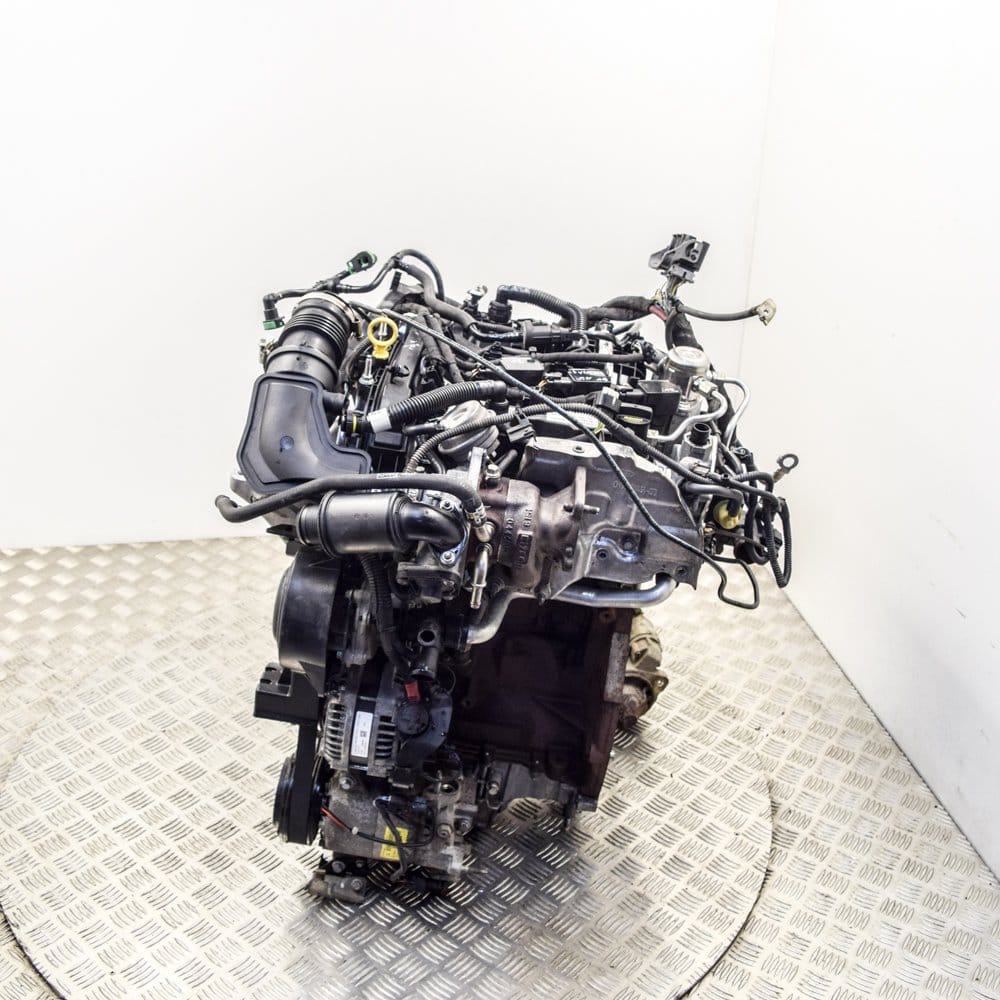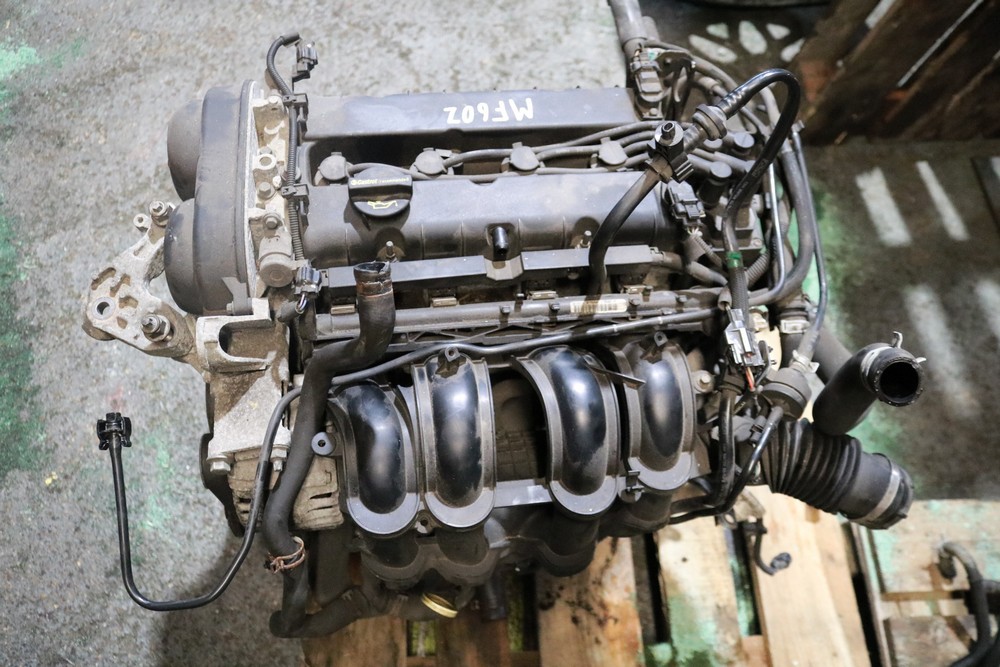The Future of Engines: Advancements Driving Sustainable Power Solutions
As the auto industry browses the crucial transition in the direction of sustainability, the future of engines is increasingly specified by groundbreaking innovations. Electric engine improvements, alongside appealing growths in hydrogen fuel cells and biofuels, are improving the landscape of power solutions. The introduction of crossbreed systems even more complicates this advancement, presenting both challenges and chances to minimize exhausts efficiently. Combined with the assimilation of artificial intelligence in engine design, these technological strides elevate crucial concerns concerning their lasting stability and effect on conventional standards. What might this suggest for the industry and customers alike?
Electric Engine Advancement
The development of electric engine developments represents a critical shift in the aerospace and vehicle markets, driven by the urgent requirement for sustainable alternatives to fossil fuels. This transition is identified by substantial innovations in battery modern technology, power electronic devices, and electric motor design, which collectively enhance the performance and efficiency of electric engines.
Recent innovations have actually caused the development of lighter, much more energy-dense batteries, such as lithium-silicon and solid-state batteries, which promise longer ranges and much shorter charging times. Additionally, renovations in electrical motor effectiveness, such as using permanent magnets and progressed cooling down systems, allow electrical engines to run efficiently under varying conditions. These improvements not only enhance car efficiency yet additionally add to a decrease in general energy intake.
Additionally, the integration of innovative software program algorithms has actually enhanced power administration in electric lorries, permitting regenerative stopping and predictive charging methods. As producers progressively embrace electric propulsion, the automotive and aerospace markets are experiencing a standard shift towards greener modern technologies. This advancement not just meets governing needs yet likewise lines up with consumer choices for ecologically pleasant transportation services, solidifying electrical engines as a keystone of future lasting mobility.
Developments in Biofuels
As the automobile and aerospace sectors increasingly focus on lasting energy resources, developments in biofuels emerge as a corresponding solution to electric engines. Biofuels, stemmed from natural materials such as plants, waste, and algae, provide an innovative method for reducing greenhouse gas emissions and reliance on nonrenewable fuel sources.
Current research has concentrated on improving the efficiency and sustainability of biofuel production. Second-generation biofuels make use of non-food feedstocks, lessening competition with food supply and reducing environmental effect. In addition, improvements in artificial biology have actually enabled the engineering of microbes to create biofuels extra properly, leading to higher returns and lower manufacturing expenses.
Additionally, the growth of drop-in biofuels enables smooth integration right into existing facilities, making it possible for a smoother change for sectors traditionally dependent on nonrenewable fuel sources. ford fiesta engine. These fuels can be utilized in present engines without adjustments, promoting their adoption across various markets
Investments in biofuel technology, in addition to supportive plans, are necessary to drive development and scalability. As the international community looks for to battle climate modification, biofuels supply a pragmatic, immediate remedy that lines up with the overarching goal of sustainability in transportation and air travel.
Hydrogen Gas Cell Technology
An expanding variety of researchers and companies are checking out hydrogen gas cell innovation as a viable option to standard power sources in transportation and power systems. This technology converts chemical energy from hydrogen right into electricity with an electrochemical reaction, with water as the only result, making it an eco-friendly option.
The core of hydrogen gas cells is the gas cell pile, where hydrogen molecules are divided into protons and electrons. The circulation of electrons generates power, while protons move with a membrane to combine with oxygen from the air, developing water. This process causes high effectiveness and low exhausts, placing hydrogen fuel cells as a vital player in the transition to lasting energy.
Considerable developments have been made in enhancing the longevity view website and performance of gas cells, together with lowering costs via innovative manufacturing techniques. Moreover, the development of hydrogen manufacturing methods, such as electrolysis powered by renewable resource resources, improves the sustainability of the total system. As infrastructure for hydrogen refueling expands and production techniques end up being extra reliable, hydrogen fuel cell technology holds wonderful guarantee for decarbonizing numerous industries, consisting of sturdy transport and stationary power generation.
Hybrid Equipments and Their Effect
Crossbreed systems stand for a significant evolution in lasting engine innovation, merging standard inner combustion engines with click for info electric propulsion to maximize power efficiency and decrease exhausts (ford fiesta engine). This dual approach enables cars to utilize both source of power, enabling higher versatility in power consumption and lowering reliance on fossil fuels

In enhancement to ecological benefits, crossbreed systems supply consumers a sensible transition in the direction of fully electrical cars. They alleviate variety anxiety by browse around this site integrating the convenience of gas with the benefits of electric propulsion, making them an appealing option for a broader target market.
The Role of AI in Engine Style
Leveraging advanced algorithms and maker learning methods, the auto industry is progressively incorporating expert system (AI) into engine layout procedures. AI enhances the efficiency and efficiency of layout by evaluating vast datasets to determine optimum configurations and performance parameters. This ability enables designers to imitate numerous operating conditions and predict engine behavior under multiple situations, substantially lowering the moment and price associated with traditional prototyping methods.
Additionally, AI helps with the advancement of sophisticated materials and combustion processes tailored for sustainability. By optimizing fuel efficiency and minimizing emissions, AI-driven layouts straighten with international campaigns intended at minimizing the carbon footprint of automobile engines. Artificial intelligence algorithms can additionally forecast upkeep requirements, resulting in improved reliability and long life of engine elements.
Furthermore, AI contributes in the integration of electrification technologies, such as crossbreed systems, where it can enhance battery administration and energy recuperation procedures. As the market relocates in the direction of more sustainable power remedies, the function of AI in engine design comes to be significantly crucial, driving development and boosting the performance of future engines. Inevitably, the partnership between AI and engine layout advertises a new age of smarter, cleaner, and extra effective automotive modern technologies.

Verdict
In conclusion, the future of engines is being shaped by a convergence of cutting-edge modern technologies that focus on sustainability. Electric engine innovations, biofuel growths, hydrogen gas cells, and hybrid systems collectively add to a substantial decrease in discharges and environmental influence.
Electric engine innovations, together with appealing developments in hydrogen gas cells and biofuels, are improving the landscape of power options. Furthermore, improvements in electrical motor effectiveness, such as the use of permanent magnets and progressed cooling systems, enable electrical engines to operate effectively under differing conditions. By optimizing gas effectiveness and minimizing exhausts, AI-driven styles align with international initiatives intended at minimizing the carbon footprint of vehicle engines. As the market relocates in the direction of more lasting power services, the role of AI in engine layout becomes significantly crucial, driving innovation and boosting the performance of future engines. Electric engine innovations, biofuel advancements, hydrogen gas cells, and hybrid systems jointly contribute to a considerable decrease in emissions and ecological impact.